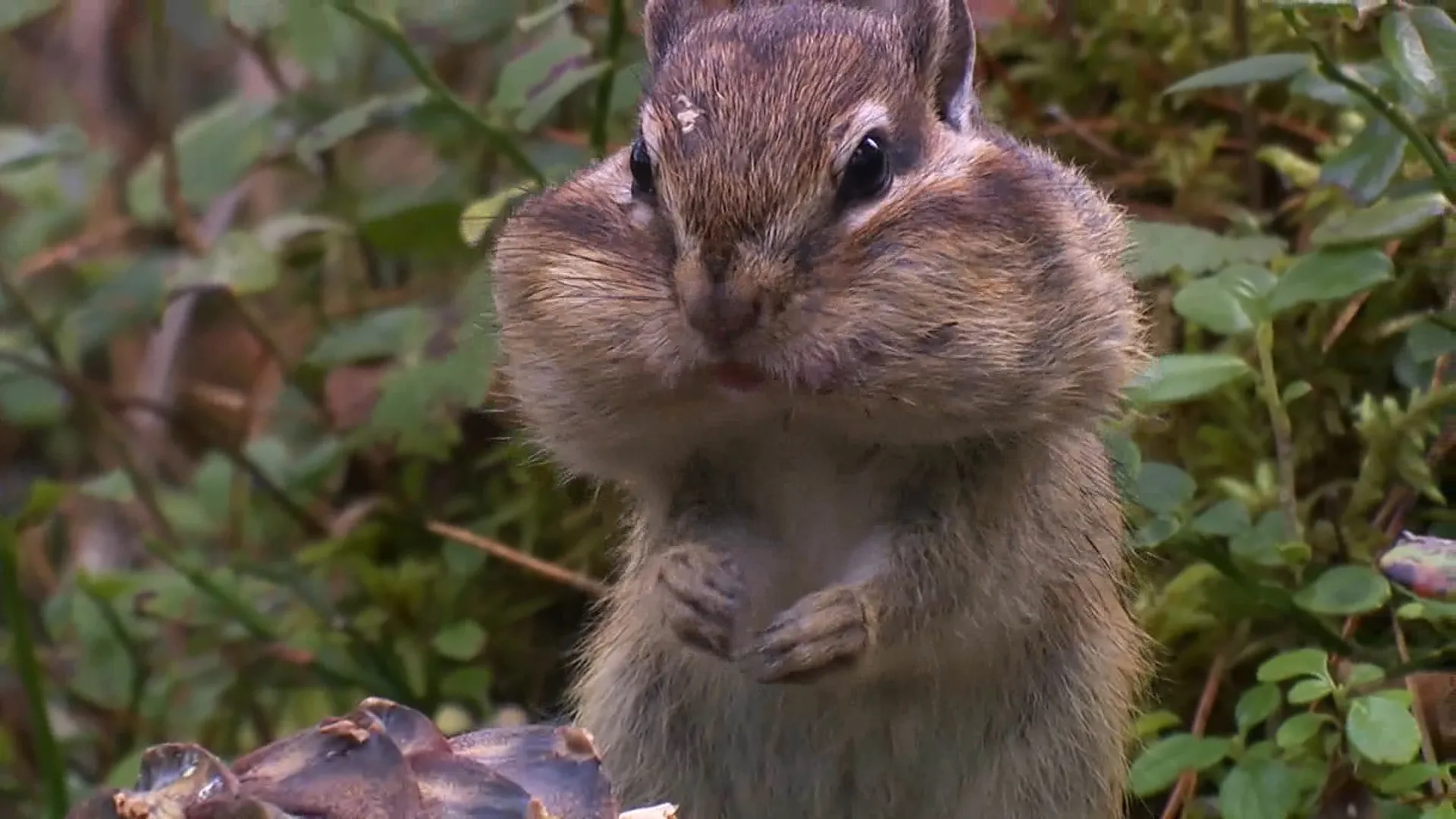The siberian chipmunk, a mighty midget of taiga. is, behind all that the nature’s one interesting gimmick Eutamias sibiricus, a member of the squirrel family that is adapted perfectly for life in its snowy boreal forest home.
The Siberian chipmunk has very「unique」five dark back stripes, where four of the light interspacing between them that you will never see it elsewhere. A marvel of camouflage and balance, its bushy tail sways as it travels through the complex maze of branches and undergrowth. Chipmunks are mainly solitary animals with each individual keeping out of the others territory. But they pair temporarily during breeding season.
The most amazing is that Siberian chipmunk has its own way to prepare for long and harsh winter ahead of themselves. Autumn is when these industrious little creatures forage and store the energy they need through winter into their cheek pouches, with seeds, nuts and berries. mfd udf dufg Afterwards, they go deep underground into their hibernacula and enter a state of torpor, which is a type of energy saving phase that allows them to survive the subzero temperatures.
It Even for a little one, the Siberian chipmunk carries out his ecological role with due care and attention. Seed dispersal helps to restore forests. They are also the primary food for a variety of species, such as foxes and owls; martens (a kind of weasel) would eat them in some circumstances. But, like many species, these frogs are also facing threats from human activity such as deforestation and climate change… not to mention the influence of non-native wolf worms in their habitat.
Conservation needs to take place in order for these stunning animals to live on. Habitat protection, reducing human disturbance and raising wider awareness of their ecological value is needed if these species are to have a future.
